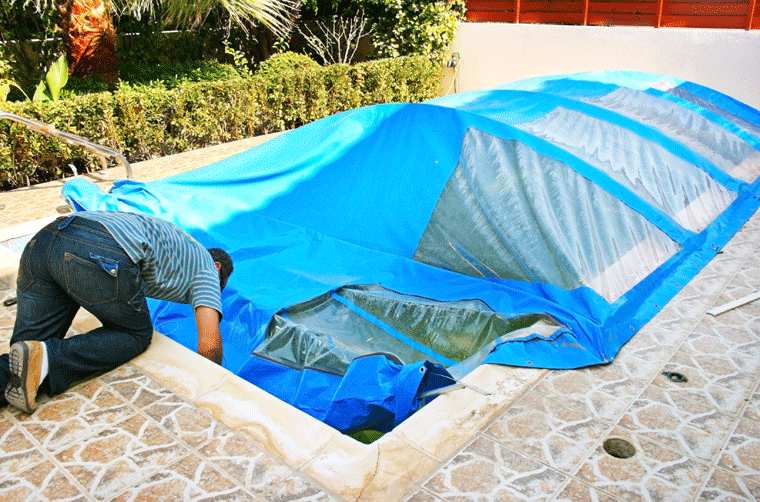Updated: January 23rd, 2023
It can be difficult to move out from your current home and transfer to a new one, both physically and emotionally. You’ll have to say goodbye to your memories and face a new environment that will initially be completely unfamiliar to you. Nevertheless, you just have to accept it and prepare yourself for what’s to come.
The physical aspect of moving is tiring and time-consuming as well. Packing up and transferring your things with the help of moving services can make it a bit easier. However, when it comes to your home swimming pool, careful planning must go into transferring your swimming pool LED light bulbs.
That being said, if you’re moving houses and want to take your pool light fixtures along, then here’s the perfect guide for you:
The cost
At the outset, the first consideration to prioritize is the cost of relocating the pool light fixtures into another pool, and you might have to allocate a substantial amount for this purpose. Relocating pool lights is almost the same as rebuilding and refurbishing the pool. If money is not too much of an issue, then relocation won’t be a problem.
The removal process
Before you can move the pool light fixtures into your new home, you naturally have to remove them from your previous swimming pool first. In terms of removing the LED bulbs and lighting fixtures in the pool, doing it yourself is a feasible option. However, the main electrical system has to be left to the pool lighting professionals.
If you’re worried about receiving an electric shock or electrocution, draining out the pool and making sure that you’re not working with wet hands would prevent any untoward incidents.
Some things to bring with you are screwdrivers (flathead and Phillips), dry towels, and a circuit tester.
Usually, the instructions on how to remove the pool lights are indicated in the product information, along with the model number, manufacturer name, voltage and watts of the pool lights. Look at the back of the light packaging and find the sticker label. If you can’t find it or it’s unreadable, try searching for the specs (voltage, wattage, base type) for additional information on removing the bulb.
Then, locate the power supply box and turn off all electricity in the pool. Always use a circuit tester to check that all lines have been shut off, to eliminate the risk of electrocution.
The pool lights are usually caged in a casing known as the can or light niche. Find the single pilot screw at the top of the light, and remove it. Pull the light bulb and niche out and you’ll notice that there’s an extra, trailing cord connected to it. Dry them with towels and keep them in your boxes.
The actual bulbs of the light fixtures are the easiest ones to work with, so let the professionals do the remaining work. Alternatively, you can just simply hire them to do all the work if you would rather not go through the process of removing your own pool lights.
The installation process
Once you’ve prepared the essential things for moving to a new home, including the pool light bulbs that you’ve removed along with other pool equipment, you should be ready to assemble them in your new home. You don’t have to prioritize your pool light fixtures, and instead focus on your home systems, appliances, and furniture inside your property.
If the property has been pre-installed with properly built plumbing and electrical systems, you’re off to a great start. This means that you can immediately install your own light fixtures and remove the old ones in the pool, if there are any at all.

The light niche holds the pool lamp, which is attached to the pool wall panels with specific hole cut-outs for the light. First, install your light niche in the wall’s cut-out, while following the Hayward pool light niche installation instructions.
Once you’ve sealed the niche against the wall, your electrician will take care of everything else, such as grounding the pool light to prevent stray voltage. Conventionally, the conduit or the channel that connects the junction box and pool light niche is situated quite deep to prevent freeze damage during the colder months. If the conduit isn’t sealed and secured in that way, use a cord stopper to seal it up.
Conclusion
Removing and installing pool light fixtures might seem like a very difficult task, but attempting to learn it will definitely pay off in the long run. As the homeowner, you can only work with the pool bulbs and niche and leave the professional work to your service provider. Once you’ve installed the pool lights in your new home swimming pool, always conduct regular pool maintenance to avoid hidden pool dangers.
What else do you think one should do to move light fixture and pool bulbs to a new home?






